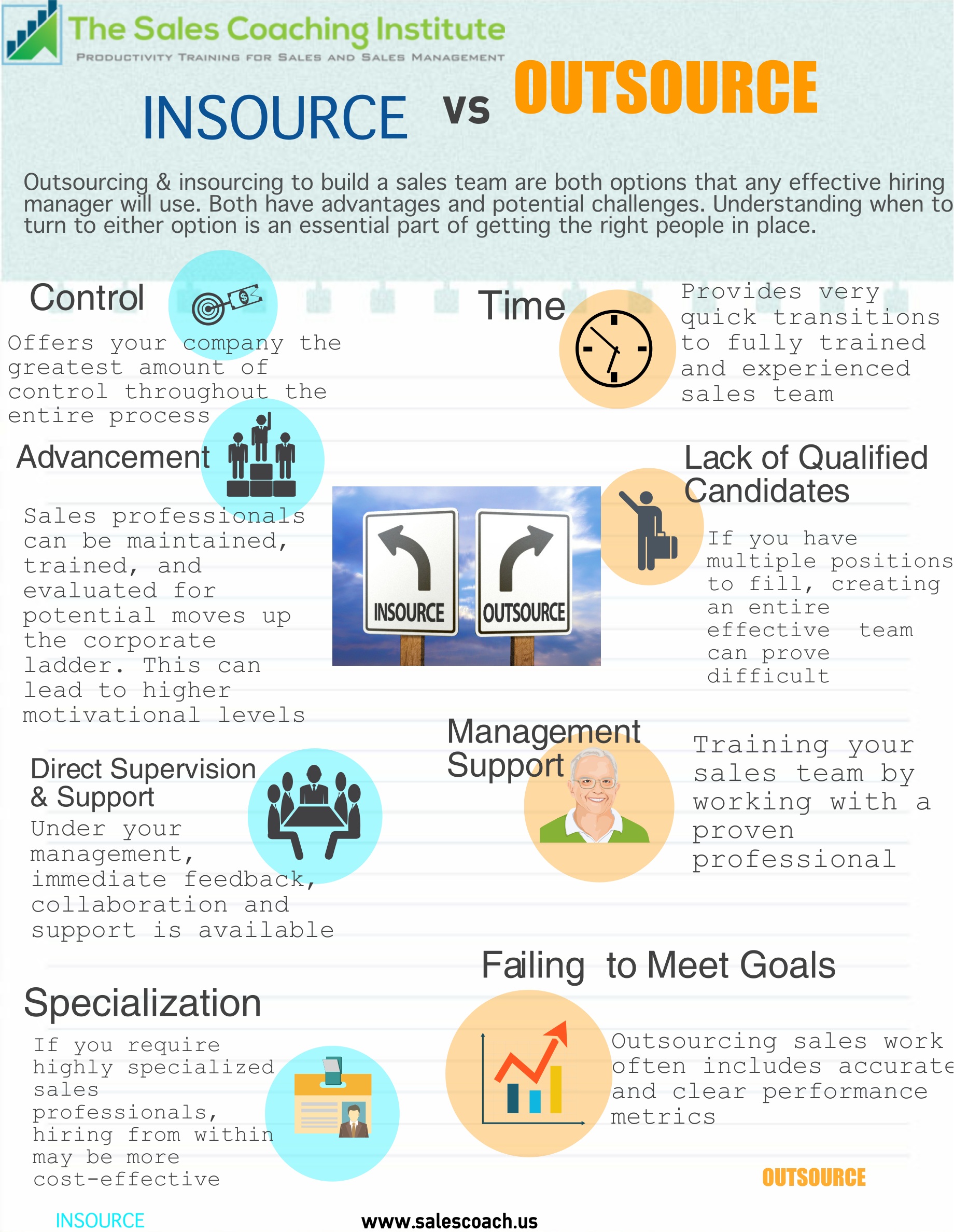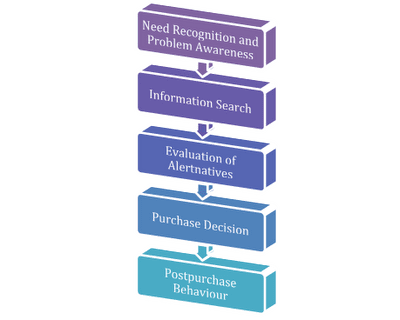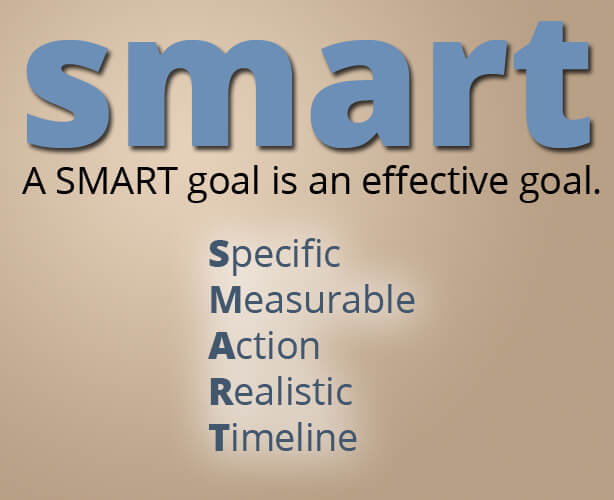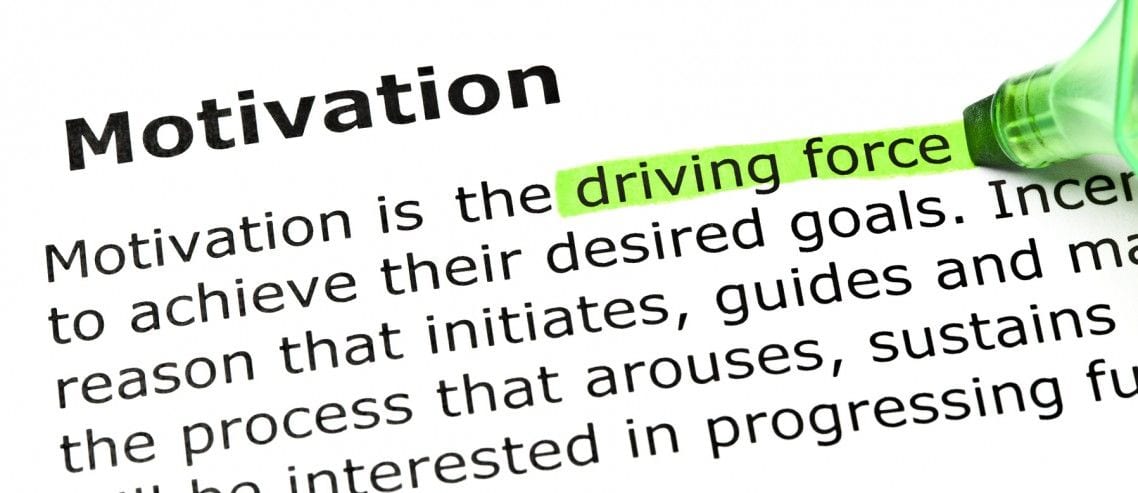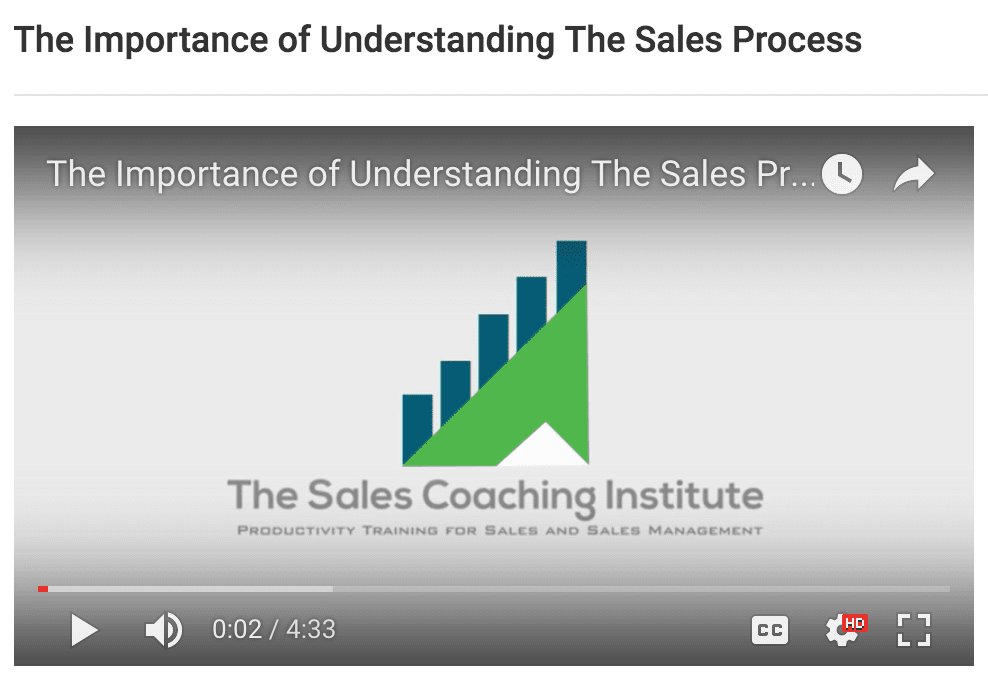Use a Virtual Sales Staff to Close More Sales And Increase Profits!
Hiring a virtual sales staff member or several can be a huge source of new business. There are many ways that a virtual staff member could help to increase your sales revenues, giving you more profit and fewer expenses. A virtual staff member is someone who works for you, but at a remote location. They typically work on the internet and on the phone from their home. These professionals can make your life a whole lot easier, by dealing with customer service issues or by taking care of the time-consuming tedious tasks that you simply don’t have time to do.
Minimal Training Required
Virtual staff members are extremely cost-effective because little to no training is required. Many of these people work for various companies online for a living, so you can search for virtual staff members that already have the skill sets you require.
Intern/Virtual Assistant
You can also hire an intern from a reputable university that already has the basic skills needed to perform required tasks. When given proper direction, they will be able to pick up the process quickly. When you have an intern or a virtual assistant, they will be able to take customer calls, deal with customer complaints, and deal with a range of tasks that relate to the sale of your products and services. Additionally, they can develop lead lists and help filter them into appropriate categories. This allows you and other members of your full-time in-house staff to work on developing relationships and closing more deals!
Virtual Sales Staff Members Saving Money
A virtual assistant can help save money. Even if you hire a Virtual VP of Sales or another high-level employee, they can ensure that your sales agents are all performing their best. They can also provide encouragement, leadership, and training to improve your bottom line. Companies that have full-time employees typically have tons of fees that include insurance fees, retirement benefits, and other things that must be offered to full-time workers. If you hire a virtual assistant, then they are typically subcontractors. Companies are not responsible for employee benefits since the virtual assistants will only be working for them indirectly.
Saving Time
Time is money. If you have to do everything without assistance, then you will quickly become bogged down. This is not good for business and it makes it more difficult to close additional sales. Your customers deserve personalized attention, and with virtual assistants helping out with your workload, you will be able to provide your customers the attention that they deserve. This is vital if you want to close more sales and build long-term relationships with your customers. Virtual assistants can focus on more tedious tasks, while you concentrate on more important things. Even though there are typically no educational requirements to be a virtual assistant, most employers will seek specific virtual staff members that are professional in every sense of the word.
If you really want to improve your sales force and bottom line, consider working with an Outsourced VP of Sales to save time and money!
Related Article: The Benefits of Outsourcing Sales & Insourcing Sales
